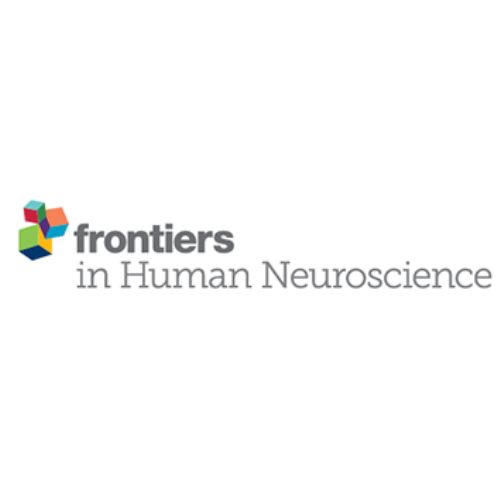Sapien Labs Review of EEG Frequency Bands and Mental Health Disorders Featured in Frontiers in Human Neuroscience
October 10, 2024
Washington, D.C. – Sapien Labs’ review in Frontiers in Human Neuroscience covers resting state analysis of EEG relating to to 10 mental health disorders across 184 papers revealing that many disorders have the same profile, and pointing to an immense inconsistency in both methods and results across the literature.
EEG frequency band analysis, commonly referred to as delta, theta, alpha, beta and gamma waves, is a brain imaging technique commonly used to investigate changes in resting-state brain signals in patients with mental health disorders, and to support the potential development of therapeutic and diagnostic biomarkers. The use of frequency bands, however, evolved from a pre-computer era, and has resulted in the arbitrary division of the brain’s electrical activity into five macro bands, which demonstrate wide variation across the neuroscience research community.
The ease of splicing up the frequency spectrum into these macro bands has also encouraged the emergence of myths, propagated in popular media and scientific literature, as to the significance and function of each of these bands (for example beta being commonly associated with alertness, alpha with relaxation). Furthermore, from a clinical perspective, the pattern of activity within these bands has gained particular relevance to disorders such as ADHD, where the ratio of theta to beta has been approved by the FDA as a diagnostic marker, despite considerable criticism. This raises a question as to the value of this commonly used approach.
In this review recently published in the journal Frontiers in Human Neuroscience, Sapien Labs takes a cross-disorder perspective by reviewing 184 studies, spanning ten mental health disorders including ADHD, depression, schizophrenia, bipolar disorder, autism, addiction, obsessive-compulsive disorder, anxiety, panic disorder to determine whether the patterns of frequency band change are unique to particular disorders, or whether they are more generic across disorders – in other words, can resting-state frequency band analysis deliver disorder specific EEG signatures?
The review also covers the variety of methodological disparities in the literature and therefore inconsistencies in results that make it difficult to draw reliable conclusions.
Read the results here.


















